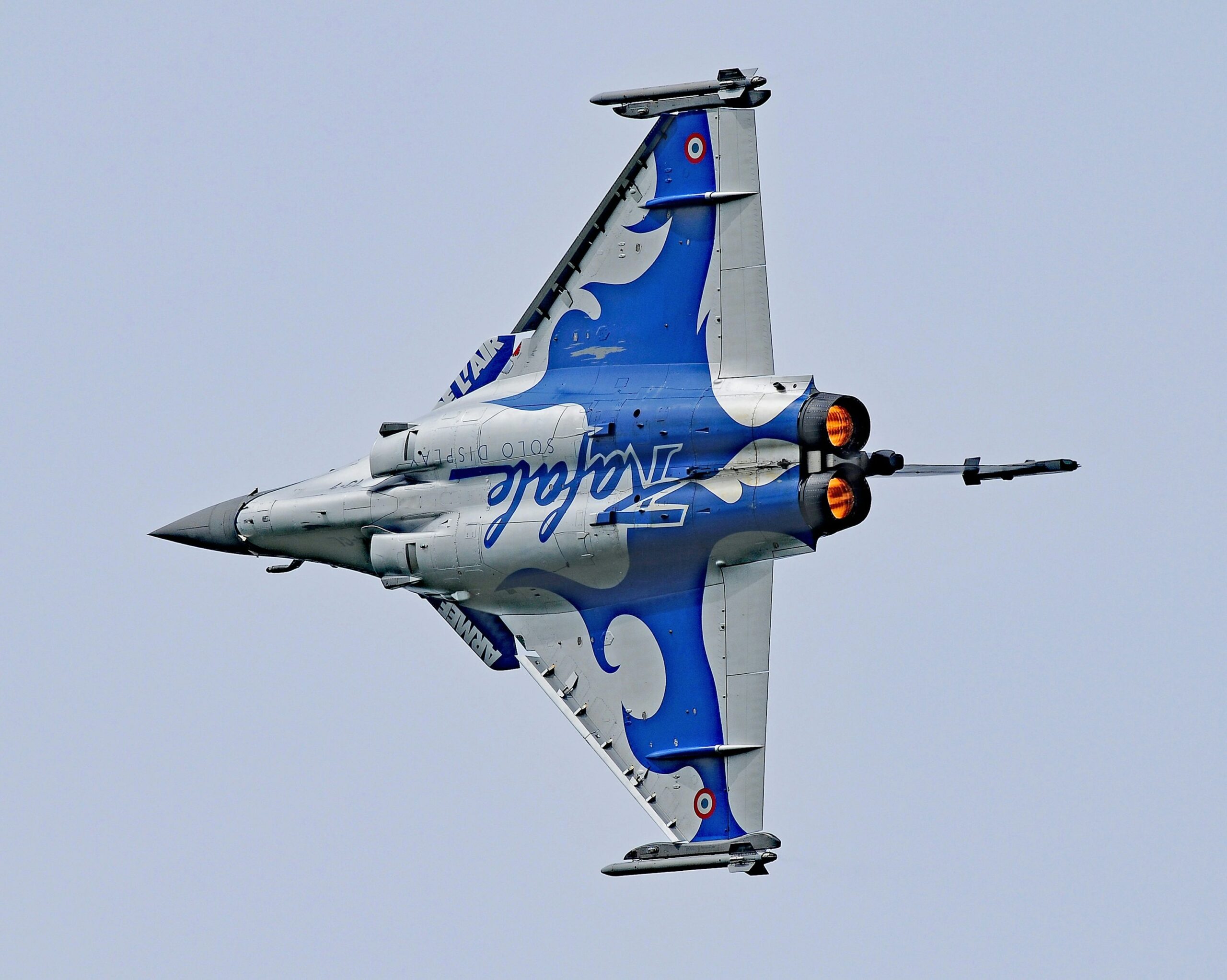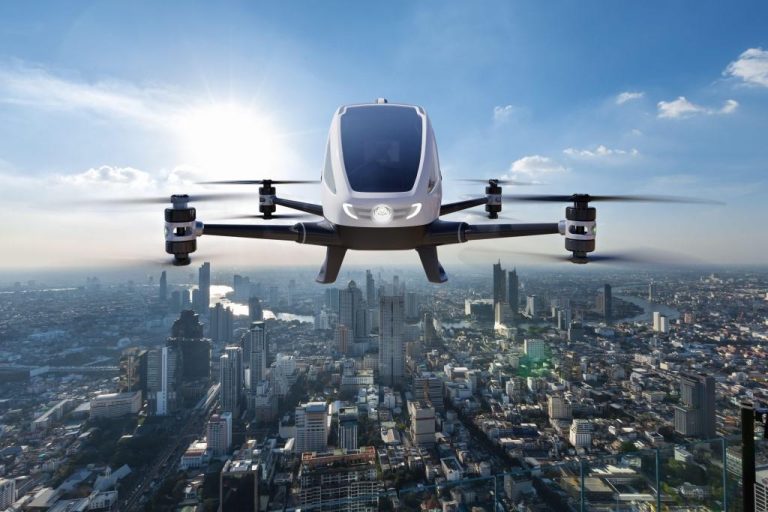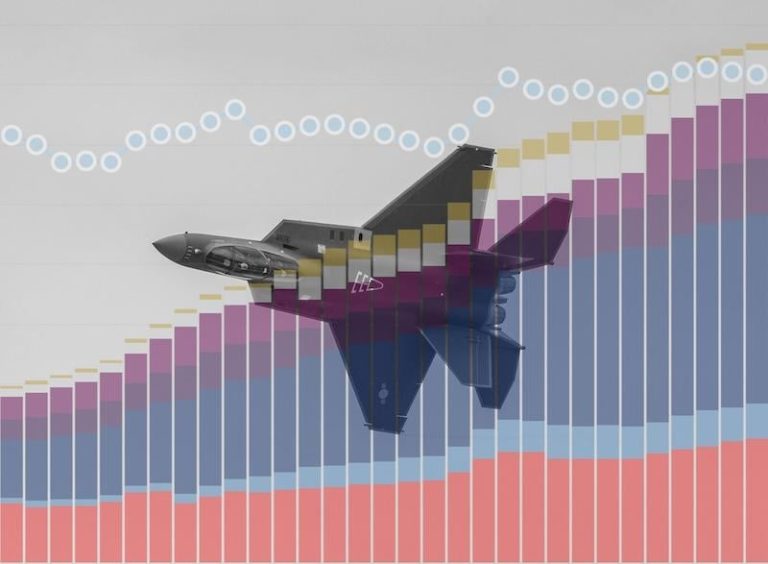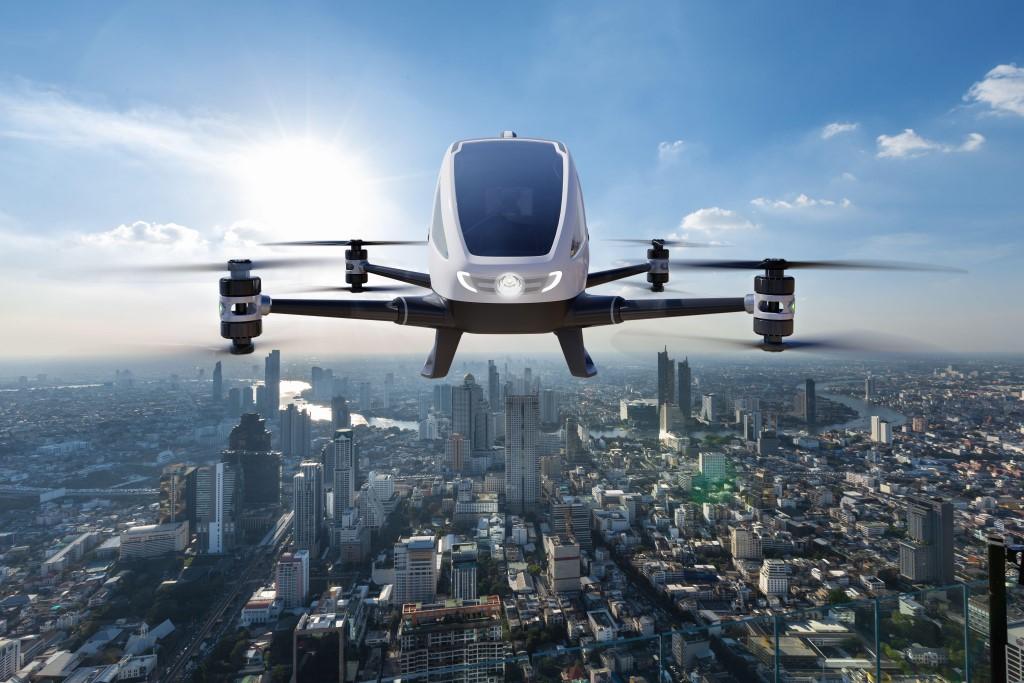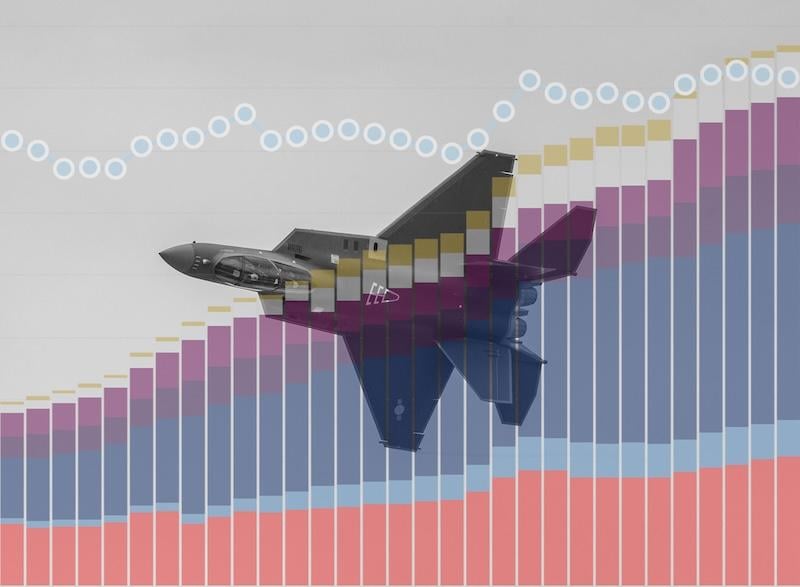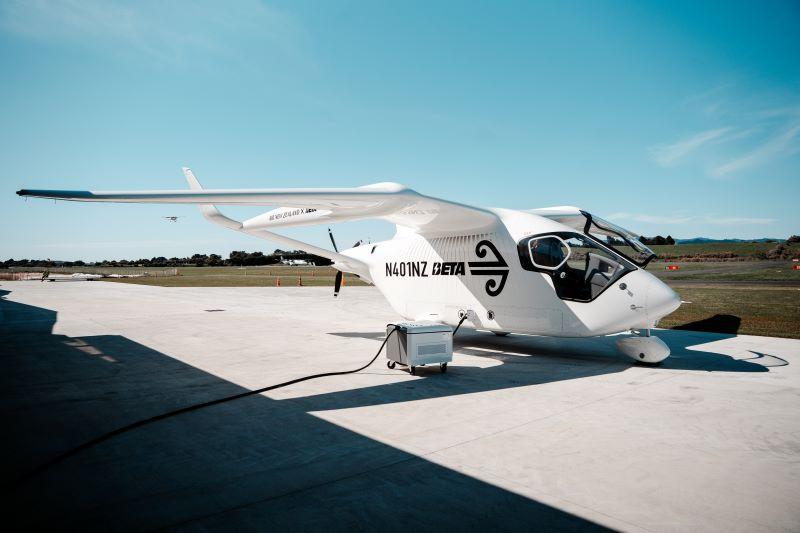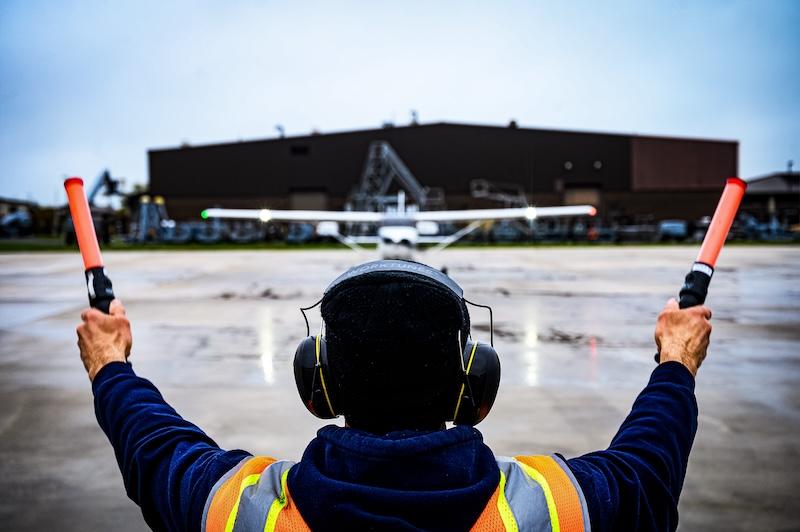Military aviation is on the brink of a revolutionary shift as nations invest heavily in the development of sixth-generation fighter jets. These advanced aircraft are expected to surpass the capabilities of today’s fifth-generation fighters such as the F-35 Lightning II and the F-22 Raptor.
Programs like the U.S. Air Force’s Next Generation Air Dominance (NGAD) and Europe’s Future Combat Air System (FCAS) are leading the way. These jets will feature stealth technologies far beyond current standards, enhanced artificial intelligence for decision-making, and the ability to control swarms of unmanned drones during missions.
One of the key features expected is adaptive engines that optimize performance for efficiency or speed depending on mission needs. Directed-energy weapons, such as lasers, are also being researched to give these aircraft a decisive edge in combat.
In addition to raw power, sixth-generation aircraft will emphasize network-centric warfare. Instead of operating as standalone fighters, they will be highly connected platforms sharing real-time data across air, land, sea, and space forces. This connectivity will make them central to future military operations.
Countries like the U.S., U.K., France, Germany, Japan, and China are investing billions into these programs. While prototypes are still under wraps, most analysts expect the first operational sixth-generation jets to enter service by the mid-2030s.
The competition for air superiority is once again intensifying. Just as the Cold War spurred innovation in military aviation, today’s geopolitical tensions are driving nations to invest in futuristic combat technologies. The result will reshape not only the battlefield but also the global balance of power.

